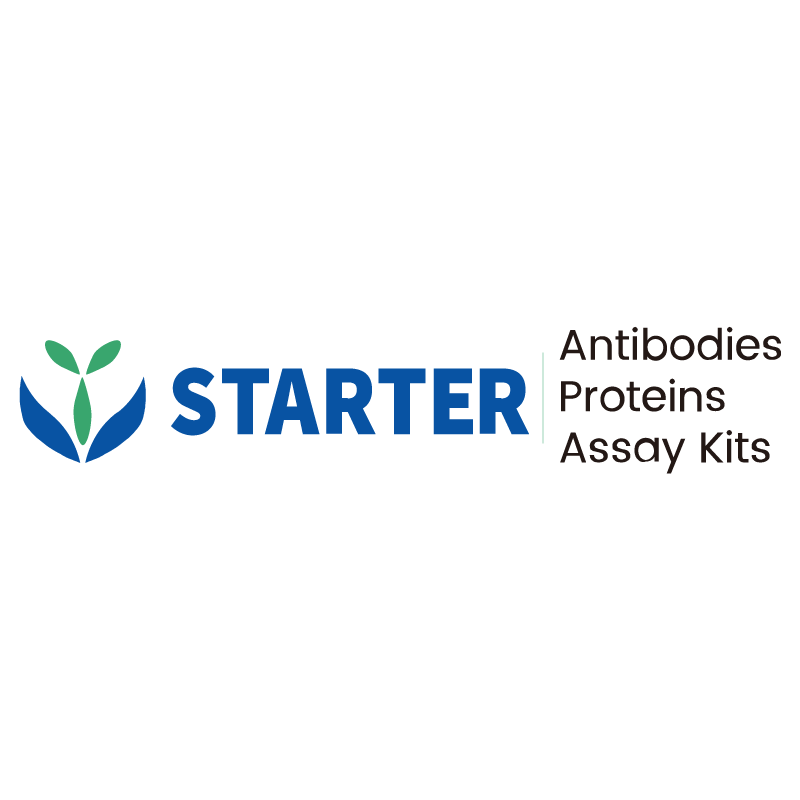Flow cytometric analysis of Human PBMC (human peripheral blood mononuclear cells) labelling Human HLA-DR antibody at1/2000 dilution (0.1 μg) (Right) compared with a Mouse monoclonal IgG isotype control (Left). Goat Anti - Mouse IgG Alexa Fluor® 488 was used as the secondary antibody. Then cells were stained with CD19 - Alexa Fluor® 647 separately. Gated on total viable cells.
Product Details
Product Details
Product Specification
| Host | Mouse |
| Antigen | HLA-DR |
| Synonyms | HLA class II histocompatibility antigen, DR alpha chain; MHC class II antigen DRA; HLA-DRA1 |
| Location | Cell membrane |
| Accession | P01903 |
| Clone Number | S-R566 |
| Antibody Type | Mouse mAb |
| Isotype | IgG2a |
| Application | FCM |
| Reactivity | Hu |
| Positive Sample | Human PBMC |
| Purification | Protein A |
| Concentration | 2 mg/ml |
| Conjugation | Unconjugated |
| Physical Appearance | Liquid |
| Storage Buffer | PBS pH7.4 |
| Stability & Storage | 12 months from date of receipt / reconstitution, 2 to 8 °C as supplied. |
Dilution
| application | dilution | species |
| FCM | 1:2000 | Hu |
Background
HLA-DR is a class II Major Histocompatibility Complex (MHC) antigen in human. It is primarily expressed on immune cells, especially dendritic cells and macrophages, and plays a crucial role in recognizing and distinguishing foreign substances from self-tissues. It is involved in regulating the activation status of these cells and plays a key role in immune responses, including anti-infection immunity, tumor immunity, and transplantation immunity. In organ transplantation, HLA-DR is closely related to organ transplant rejection reactions. In the fields of hematopoietic stem cell transplantation and bone marrow transplantation, HLA-DR also plays an important role. Changes in the expression level of HLA-DR are related to the diagnosis of inflammatory diseases, the assessment of severity, and the monitoring of immune status. Unlike other cell activation markers such as CD69, CD25, and CD38, HLA-DR is not expressed on most T cells and is only expressed on a subset of activated T cells during the late stages of an immune response.
Picture
Picture
FC


